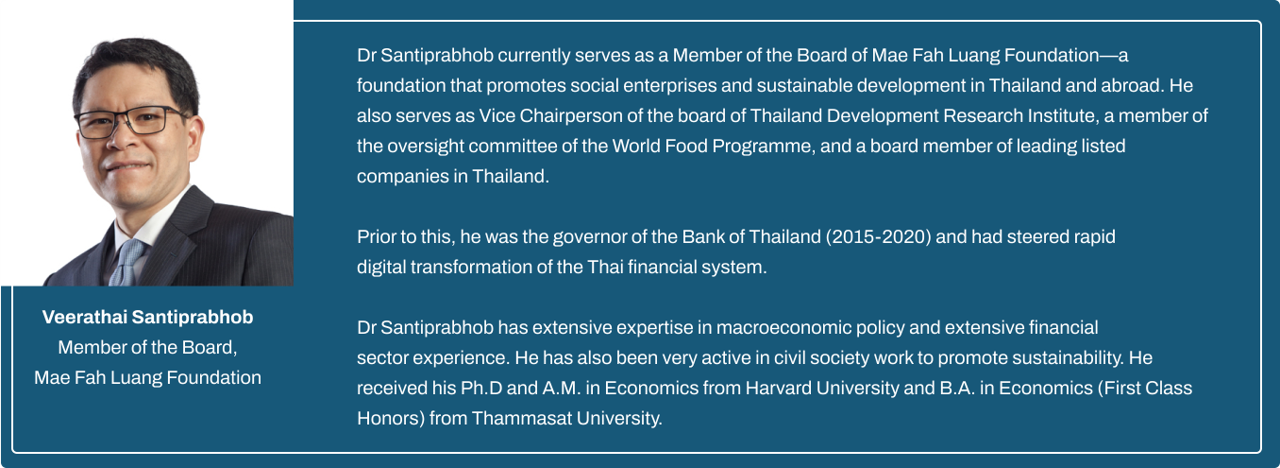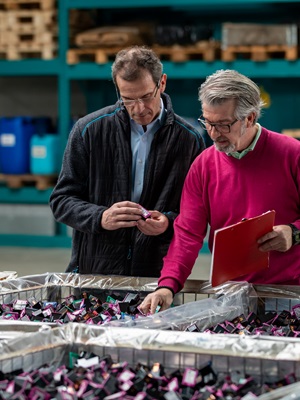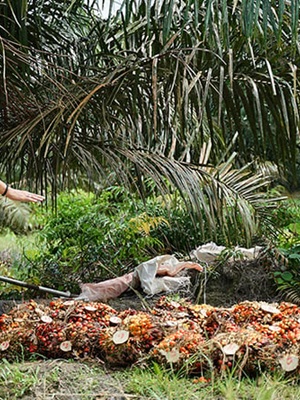To transcend certification-based transition processes, broader transformations are imperative. This includes the mainstreaming of bio-based, energy-efficient and circular building materials that might or might not be used in certified building projects. This is particularly relevant, as progress in building sustainability has so far foremost been in operational efficiency, but less so in terms of embodied carbon, i.e. primarily the production of building materials. Recognizing the pivotal role of building materials, a recent UNEP flagship report underscores that “[b]uilding materials are set to dominate climate change” (UNEP, 2023, p. 9). Transitioning the building material sector generally involves strategies to avoid or reduce the use of raw materials (build less, use of circular materials), to shift towards bio-based and earth-based materials where possible, and to improve conventional materials where shifting is not (yet) feasible. Such building material innovations can involve bio-based and earth-based materials such as rammed earth, boards made of ply bamboo, wood fibre, or agro-waste products like rice husks or rice straw. Key approaches are the reduction of required energy in the production process, for example through the use of non-fired products, or the reduction of resource quantities in the production process. Another avenue lies in increasing the share of by-products in building materials, for example such as fly ash, a waste product of coal-fired power stations.
The case of Vietnam shows how a national policy that requires certain construction projects to use unfired bricks (regardless of certification) can influence the building material sector: The share of unburnt material production capacities increased from 5-8% of overall national capacities in 2010 to 30% in 2020 (Nguyen et al., 2022). Other commercially rather successful approaches include the increased use of autoclaved aerated concrete products, INSEE Ecocycle that uses waste to power cement kilns in Southeast Asia, or circular approaches like Holcim’s ECOCycle® that requires building materials to contain at least 10% of demolition waste. At the same time, start-ups like Cambodian “Eco-bricks” or “My Dream Home” are experimenting with non-fired bricks that consist of up to 30% plastic waste.
Nevertheless, while local innovation take place at the grassroots level, many struggle to gain widespread adoption.
Regional strategies, or how to materialise regional change?
To understand these sustainable building material innovation and diffusion processes, it is crucial to study the regional preconditions for diverse transition pathways. Research projects like REBUMAT & CAMARSEC look into the transformative potential of different material innovations and their diffusion (dena 2023). Besides testing the physical characteristics of bio-based, resource efficient and circular material innovations and their appropriateness for local climatic contexts of Southeast Asia, the regional and material-specific innovation and diffusion conditions need to be understood. This knowledge can then be the baseline for tailored, regional building material transition strategies. To this end, the Rebumat team developed a three pillared approach that considers (a) regional material flows, (b) existing cooperation patterns, as well as (c) local market networks. The team is currently implementing a study that compares the regional conditions in Da Nang, Ho Chi Minh City and Hanoi.
Following this approach, diverse actors such as national and sub-national governments, firms, unions and industry bodies can develop innovation policies that support a wider transition in the building sector, while at the same time driving regional economic development, green industrial paths and the creation of green jobs.
Furthermore, these diverse actors can be brought together to form transformative, regional multi-stakeholder coalitions that can play a major role in driving just transitions in the sector (Jayaweera et al 2023). Convening innovators and frontrunners in protected spaces to co-create problem assessments, visions, and transition strategies is a promising means of empowering frontrunners, supporting innovations, and driving transformative change towards sustainability. As the clock ticks away and vast amounts of conventional, high-emission and resource-intensive building materials are daily incorporated into the fabric of Southeast Asian cities, stakeholders need to move quickly for a Building Breakthrough and better cities of the future.
Deutsche Energie-Agentur [dena] (2023). Renewable Building Materials in Vietnam: A study on sustainable construction material potential for the Vietnamese building sector, https://www.dena.de/fileadmin/dena/Publikationen/PDFs/2023/Studie_Renewable_Building_Materials_in_Vietnam.pdf.
Nguyen, Xuan Hung, Nguyen, Khanh Linh, Nguyen, Thi Van Ha; Nguyen, Thi Thanh Huyen (2022). The Green Innovation of Construction Enterprises in Vietnam. In: Journal of Economics & Sustainable Development 13(8): 1–8, https://doi.org/10.7176/JESD/13-8-01.
Jayaweera, R., Becker, A., Rohracher, H., Nop, S., Waibel, M. (2023). Urban Transition Interventions in the Global South: Creating empowering environments in disempowering contexts? In: Energy Research and Social Sciences (106), https://doi.org/10.1016/j.erss.2023.103312.
United Nations Environment Programme [UNEP] (2022). 2022 Global Status Report for Buildings and Construction: Towards a Zero‑emission, Efficient and Resilient Buildings and Construction Sector. Nairobi. https://www.unep.org/resources/publication/2022-global-status-report-buildings-and-construction.
United Nations Environment Programme [UNEP] (2023). Building Materials and the Climate: Constructing a New Future. Nairobi. https://www.unep.org/resources/report/building-materials-and-climate-constructing-new-future.
Posted 12/03/2024

















